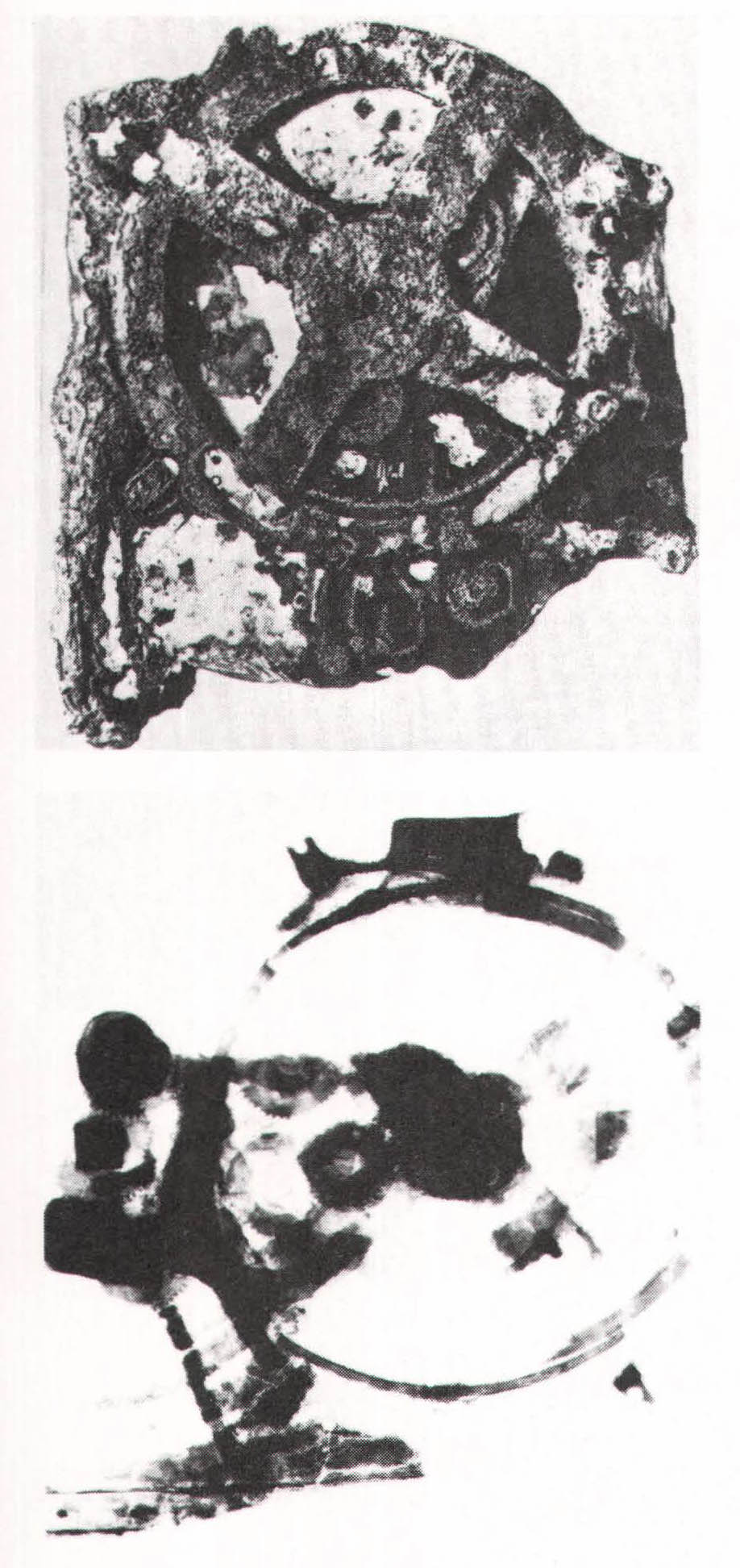At this point in our account, it’s important to explain the difference between the terms digital and analog, one of the most crucial distinctions in the lexicon of computers. The words describe different methods of counting or measuring various phenomena, and the distinction between them is best illustrated by two gadgets that are found in almost every car: a speedometer and an odometer. As a recorder of miles traveled, an odometer is a digital device, which means that it counts discrete entities; as a measurer of miles per hour, a speedometer is an analog device, because it keeps track of velocity. When we count things, regardless of what those things may be, we are performing a digital operation – in other words, using numbers that bear a one-to-one correspondence to whatever it is we’re enumerating. Any device that counts discrete items is a digital one. By contrast, when we measure things, whether to find their weight, speed, height, or temperature, we are making an analogy between two quantities. Any gadget that does this is an analog one.

Scales, rules, speedometers, thermometers, slide rules, and conventional timepieces (the kind with hands) are all analog instruments, whereas odometers, Napier’s rods, mechanical calculators, and the overwhelming majority of electronic computers are digital devices. The line between digital and analog is quite distinct, even though some instruments, like watches and thermometers, are manufactured in both digital and analog forms. In general, when an operation calls for measuring something, an analog device is employed; similarly, when it calls for counting things, a digital machine is used. The speedometer-odometer illustration is a simple way to remember the analog-digital contrast.
Analog computers have been around for thousands of years. The ancient Greeks, for example, developed an astonishingly sophisticated clocklike mechanism that could register and predict the motion of the stars and planets. The device, found in an ancient shipwreck off the southern Greek island of Antikythera near Crete, in 1901, consisted of metal gears and pointers encased in a box that opened up like a book. The Antikythera mechanism is by far the most sophisticated scientific instrument from antiquity, and it seems scarcely possible that it was made in the first century B.C. rather than in the seventeenth or eighteenth century.
